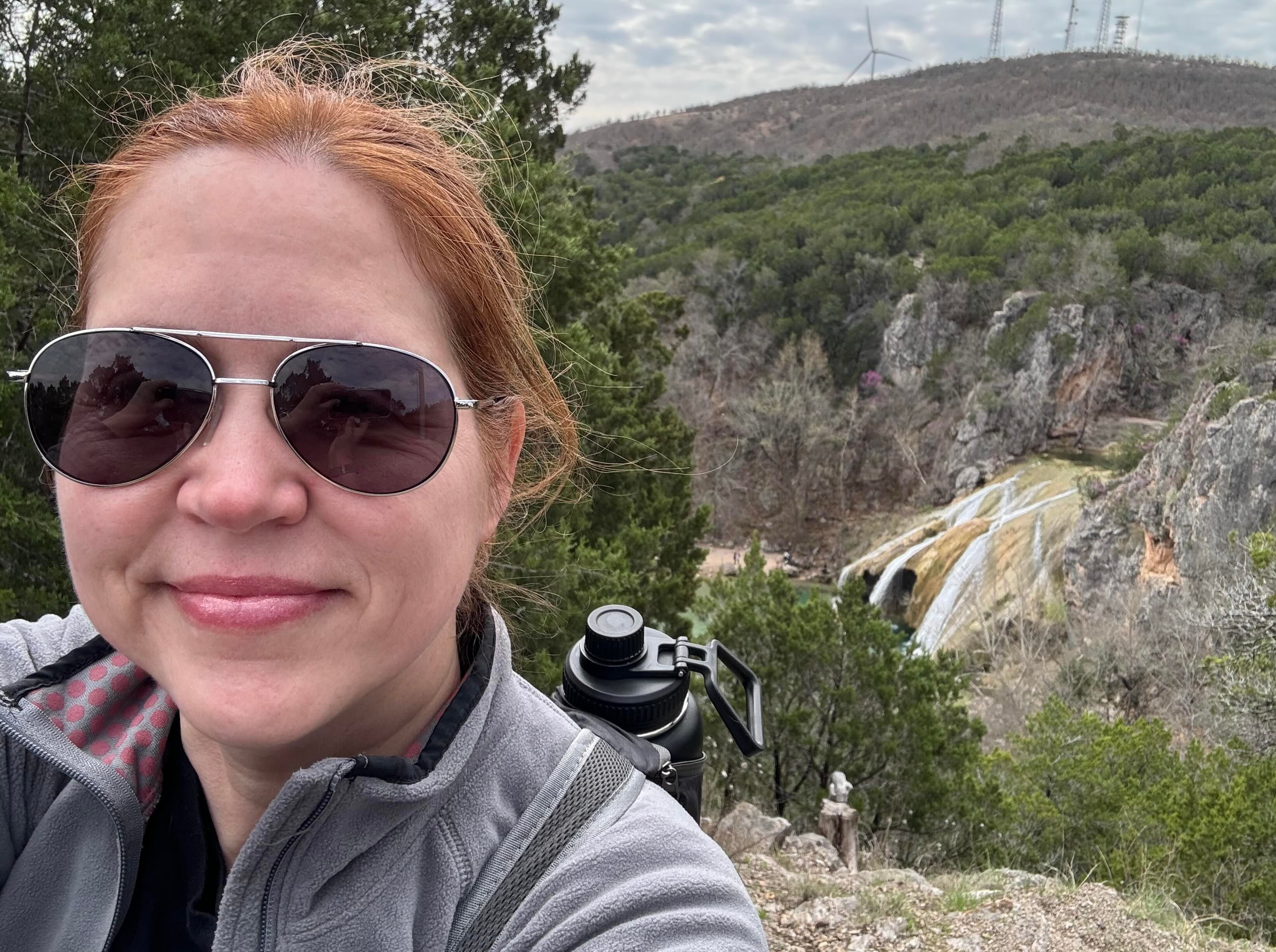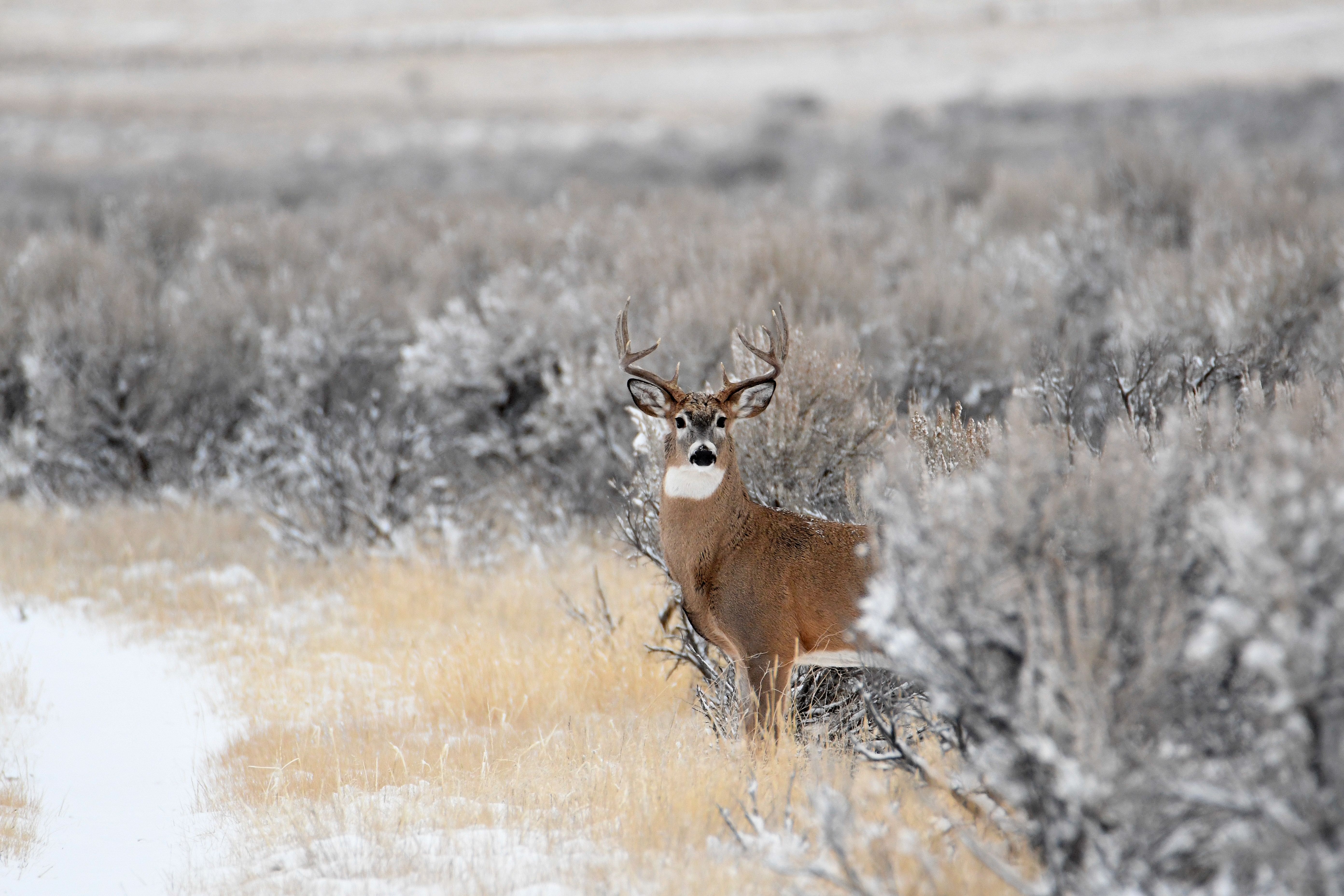Field Guide / Hunting Tips
3 Types of Land to Consider When Scouting for Deer
We all want to kill mature bucks. Whether we've harvested a nice 12-point before or have yet to see one, the thought is always there every single season of a "dream" harvest.
Previous in Hunting Tips
More Content Like This
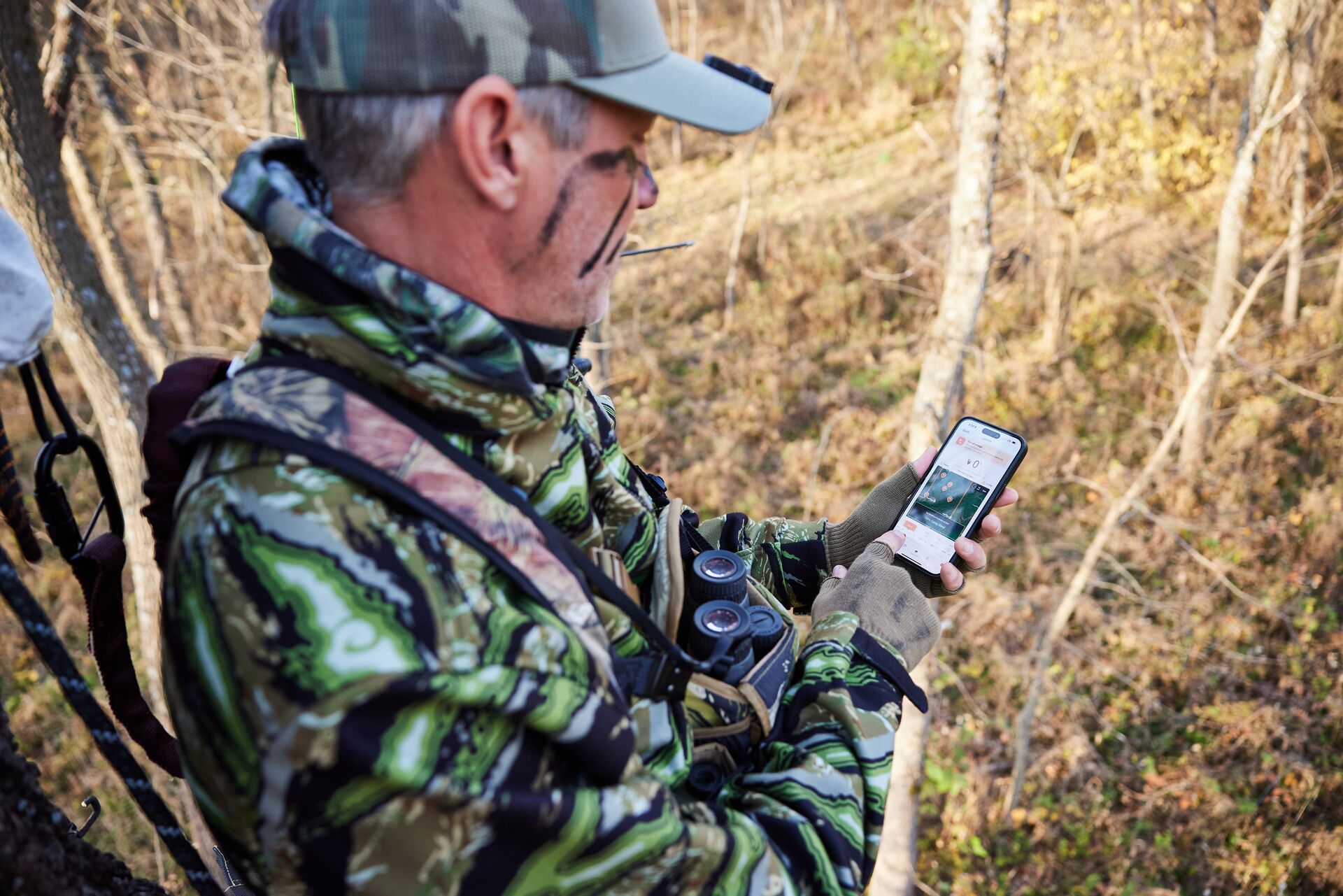
Why You Should Use WindCast for the Best Wind Direction for Hunting
Getting winded can ruin any hunt during any season. You could go the old-fashioned route of licking your finger and holding it up to guesstimate the direction of the wind, but we believe using the WindCast feature in the HuntWise app is a more reliab...Read More
Read More4 Winter Rabbit Hunting Tips
With snow on the ground and deer season in the rearview, winter rabbit hunting offers an exciting off-season pastime for whitetail hunters. Rabbits are plentiful between cottontails, rabbits, jackrabbits, and snowshoe hares in most areas throughout t...Read More
Read More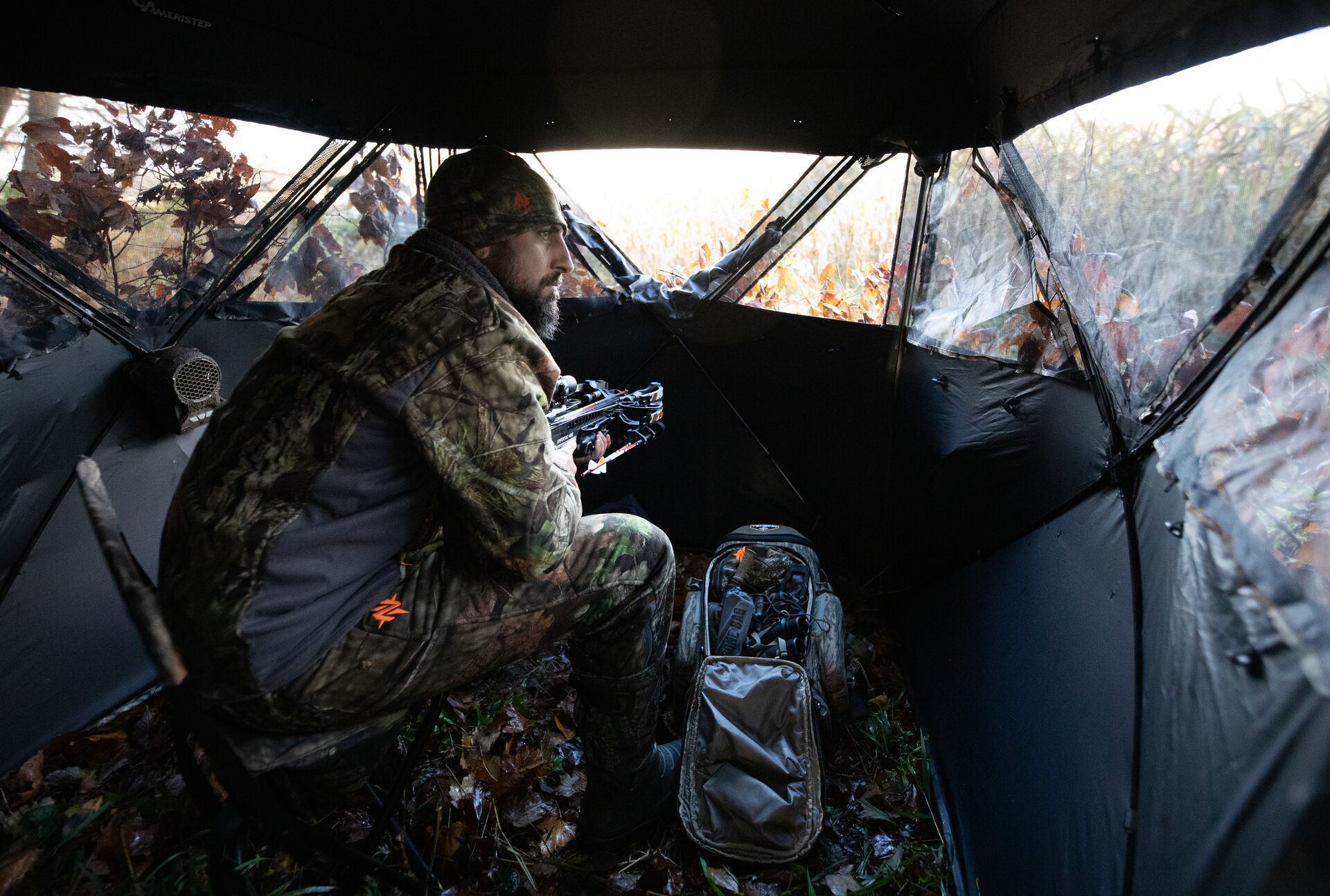
How to Get a Georgia Hunting License (and When to Get It)
Georgia provides endless opportunities for hunters looking to enjoy varied environments and species. Whether chasing whitetail deer in the fall across the Blue Ridge Mountains or duck hunting on calm and quiet mornings, there's something for every ty...Read More
Read More Hunting Tips
Hunting TipsWhy You Should Use WindCast for the Best Wind Direction for Hunting
Getting winded can ruin any hunt during any season. You could go the old-fashioned route of licking your finger and holding it up to guesstimate the direction of the wind, but we believe using the WindCast feature in the HuntWise app is a more reliab...Read More
Read More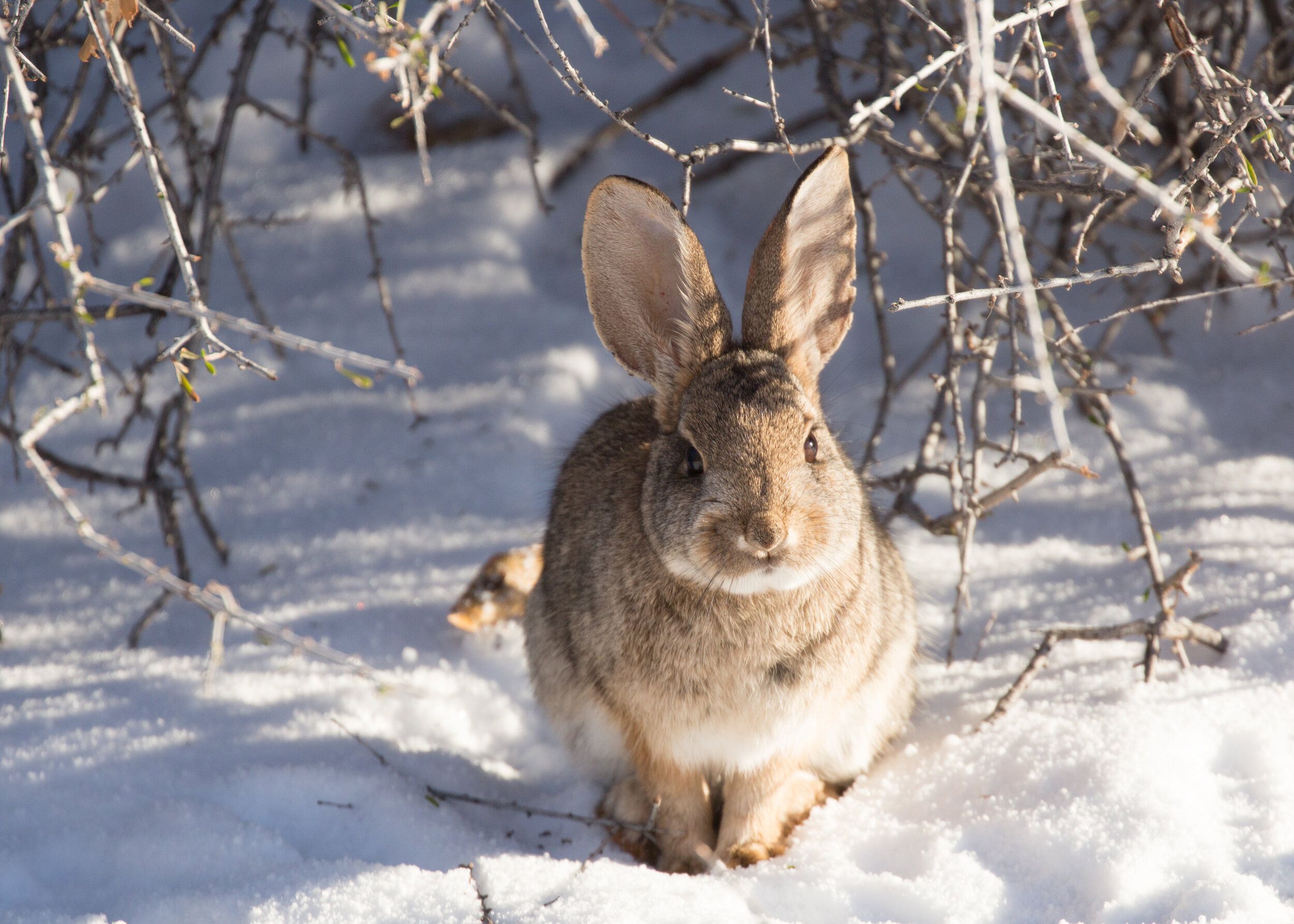 Hunting Tips
Hunting Tips4 Winter Rabbit Hunting Tips
With snow on the ground and deer season in the rearview, winter rabbit hunting offers an exciting off-season pastime for whitetail hunters. Rabbits are plentiful between cottontails, rabbits, jackrabbits, and snowshoe hares in most areas throughout t...Read More
Read More Hunting Tips
Hunting TipsHow to Get a Georgia Hunting License (and When to Get It)
Georgia provides endless opportunities for hunters looking to enjoy varied environments and species. Whether chasing whitetail deer in the fall across the Blue Ridge Mountains or duck hunting on calm and quiet mornings, there's something for every ty...Read More
Read More
1 of 3
